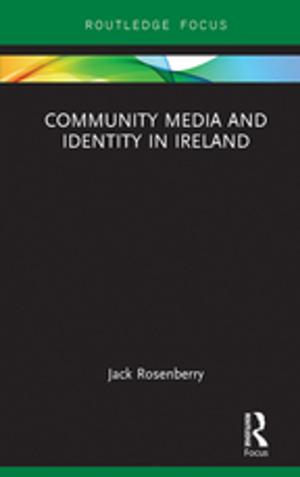Cyberbullying in Schools, Workplaces, and Romantic Relationships
The Many Lenses and Perspectives of Electronic Mistreatment
Nonfiction, Health & Well Being, Psychology, Social Psychology, Family & Relationships| Author: | ISBN: | 9781351616409 | |
| Publisher: | Taylor and Francis | Publication: | March 13, 2019 |
| Imprint: | Routledge | Language: | English |
| Author: | |
| ISBN: | 9781351616409 |
| Publisher: | Taylor and Francis |
| Publication: | March 13, 2019 |
| Imprint: | Routledge |
| Language: | English |
This volume brings together research on cyberbullying across contexts, age groups, and cultures to gain a fuller perspective of the prevalence and impact of electronic mistreatment on individual, group, and organizational outcomes. This is the first book to integrate research on cyberbullying across three contexts: schools, workplaces, and romantic relationships, providing a unique synthesis of lifespan contexts.
For each context, the expert chapter authors bring together three different 'lenses': existing research on the predictors and outcomes of cyberbullying within that context; a cross-cultural review across national borders and cultural boundaries; and a developmental perspective that examines age-related differences in cyberbullying within that context. The book closes by drawing commonalities across these different contexts leading to a richer understanding of cyberbullying as a whole and some possible avenues for future research and practice.
This is fascinating reading for researchers and upper-level students in social psychology, counseling, school psychology, industrial-organizational psychology, and developmental psychology, as well as educators and administrators.
This volume brings together research on cyberbullying across contexts, age groups, and cultures to gain a fuller perspective of the prevalence and impact of electronic mistreatment on individual, group, and organizational outcomes. This is the first book to integrate research on cyberbullying across three contexts: schools, workplaces, and romantic relationships, providing a unique synthesis of lifespan contexts.
For each context, the expert chapter authors bring together three different 'lenses': existing research on the predictors and outcomes of cyberbullying within that context; a cross-cultural review across national borders and cultural boundaries; and a developmental perspective that examines age-related differences in cyberbullying within that context. The book closes by drawing commonalities across these different contexts leading to a richer understanding of cyberbullying as a whole and some possible avenues for future research and practice.
This is fascinating reading for researchers and upper-level students in social psychology, counseling, school psychology, industrial-organizational psychology, and developmental psychology, as well as educators and administrators.















